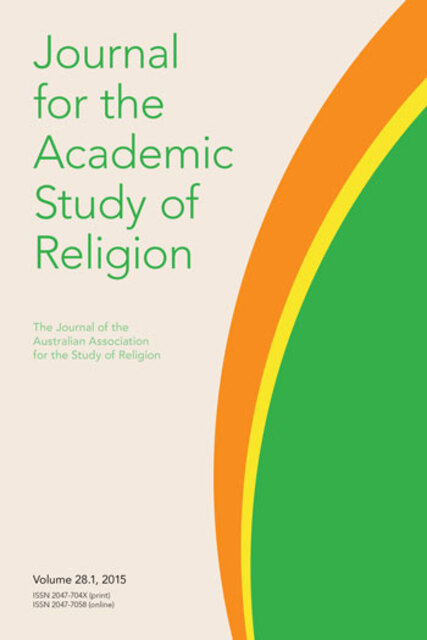The Axial Age and the Curious Modernity of Islam

Full description
The article examines the importance of the idea of the Axial Age (800–200 bc) and the rise of the great world religions and philosophies that have influenced world history. The origins of the idea can be traced back to Max Weber’s sociology of world religions and to his disciple Karl Jaspers, who promoted the idea as a critical response to the racial ideas of Nazi Germany. In contemporary approaches, the theme of the Axial Age has been embraced in sociology by Robert Bellah and Hans Joas who emphasise the Axial idea of transcendence. A major problem with the debate is that two world religions—Christianity and Islam—came after the formative axial period. This problem was especially acute in Hegel’s philosophy of history. The modernity and global influence of Islam have been recognised by Ernest Gellner and Marshall G. S. Hodgson.
- typeImage
- created on
- file formatjpg
- file size24 KB
- container titleJournal for the Academic Study of Religion
- creatorBryan S Turner
- issn2047-7058 (online)
- issue37.1
- publisherEquinox Publishing Ltd., 2021
- publisher placeSheffield, United Kingdom
- rights holderEquinox Publishing Ltd.
- doi
We use cookies to analyze our traffic. Please decide if you are willing to accept cookies from our website. You can change this setting anytime in Privacy Settings.
